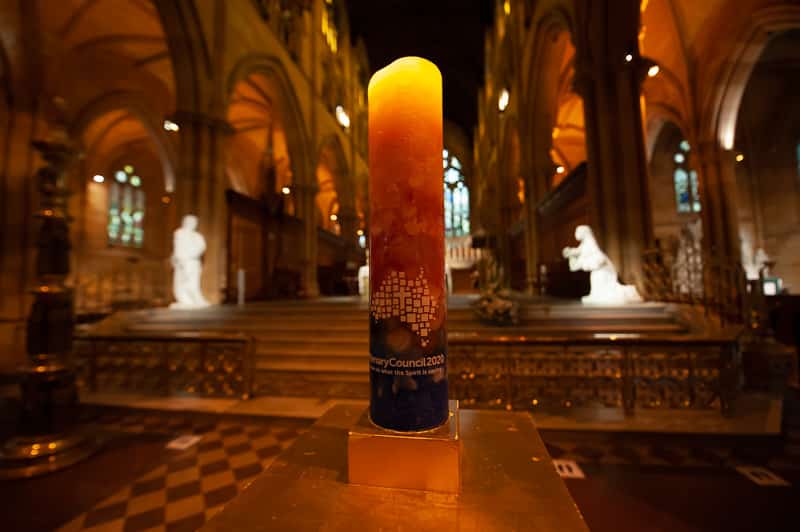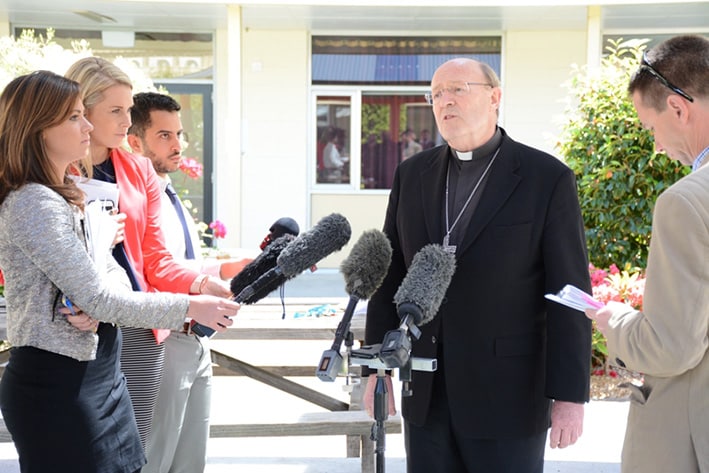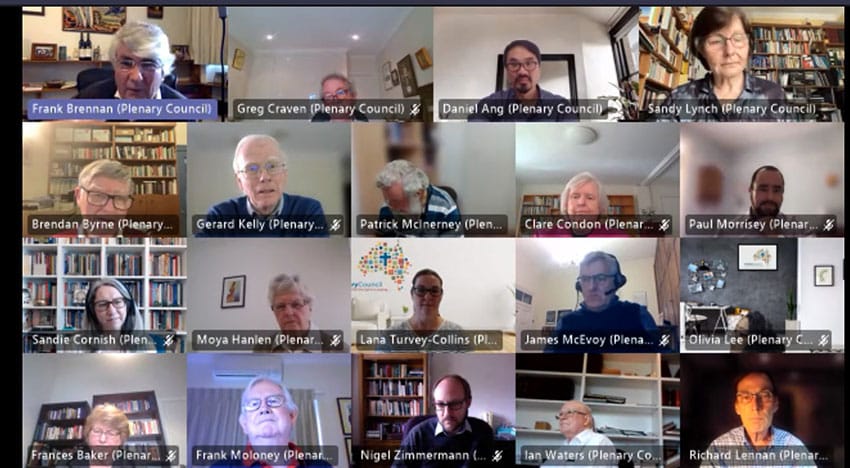
The Plenary Council’s Framework for Motions for the second assembly has been released to members, signaling the beginning of the end of the Plenary journey with a call to “undertake the necessary work to rebuild confidence in the probity and trustworthiness of the Catholic community in this country”.
The Catholic Weekly will unpack the specific motions in this lengthy document in coming weeks, but the introduction and broad themes of the framework are deserving of attention by all Australian Catholics.
The two main themes of the Plenary Council process — “What is the Spirit saying to the Church?” and “How do we become a more Christ-centred Church?” — are followed by another binary in the document’s introduction: that the Catholic community faces “a time of both crisis and hope”.
Crisis and hope as the texture of Catholic life in 2022 — it would be hard for any Christian to disagree. But as always, it’s what we mean by crisis and hope that matters.
“The crisis has several dimensions,” the report says, three of which are explicitly listed:
First, an “urgent need” to address the ongoing effects of child sexual abuse in the wake of the final report of the Royal Commission in 2017, and an “effective response to the loss of public trust in Catholic governance and procedures”.
Second, action on the “viability and sustainability of dioceses, parishes, religious institutes and ministries due to changing demographics, personnel and resourcing”.
“Perhaps the most extensive ‘crisis’ theme in the framework is marginalisation, with the document stating: ‘Especially important are those who hold a grievance against us.’”
And third, finding “ways to develop the charisms of the ordained and of all the baptised in the Church, in existing and new ministries that foster the mission of the Church today”.
Other “crisis” themes throughout the document include the need for ecological conversion, the culpability of the Church in the “history of dispossession” of Indigenous people, and a lack of “authentic witness to the equal dignity of all baptised persons” due to “issues of power imbalance, decision making, authority and agency”.
Perhaps the most extensive “crisis” theme in the framework is marginalisation, with the document stating: “Especially important are those who hold a grievance against us.”
Marginalised groups include “Aboriginal and Torres Strait Islander people, women, those divorced, those who identify as LGBTIQA+, and those who have suffered abuse of any form”.
A second list names “people with disabilities, people on low incomes, refugees and asylum seekers, people experiencing mental ill-health … and the exploited earth”.

The “crisis of faith” raised by Archbishops Anthony Fisher and Julian Porteous in their interventions and feedback to the Council is not a strong theme in the framework.
Both archbishops promoted faith formation as a critical necessity, alongside support for families and a renewal of liturgical life.
Instead, the document’s “hope” rests on the adoption of the methodology of the Plenary Council itself as the foundation of a future Christ-centred Church.
“A Christ-centred Church is open to conversion, renewal and reform,” the document reads.
“These features … were explored through the spiritual conversations and deliberations of the First Assembly, as well as through the ongoing reflection and feedback from Plenary Council members and others.”
“… the framework’s basic orientation is to see the Church as open and accountable to the world, and to find compromises rather than emphasise differences.”
Another element of the “hope” theme is to be found in the Plenary Council’s posture vis-à-vis “the world”, to use a shopworn piece of Catholic jargon.
The framework calls the Church to rebuild the community’s confidence in the Catholic community, and says Catholics should “be aware of both the distinctiveness of their own faith tradition, and of their connectedness to people of other faiths or of nonreligious worldviews”.
“Far from separating believers in Christ from other faiths and peoples, Christ’s love impels us towards relationships of solidarity and service wherever possible in our society”.
Where many Catholics — usually more conservative, traditional and it must be said, younger — want to be a “sign of contradiction” in the world, living a distinctive life, the framework’s basic orientation is to see the Church as open and accountable to the world, and to find compromises rather than emphasise differences.
Regarding governance, the document accordingly commends Ministerial Public Juridic Persons — autonomous legal structures akin to NGOs that allow “canonical stewards”, mostly lay people, to take up the ministries of religious orders.

They demonstrate “how both ecclesial governance and service to Australian society may operate in a mature, innovative and effective way”.
In this sense, the document reprises the notion of Plenary reform advocates that “the world’s” methods and knowledge, including on matters of governance, nevertheless has a “graced nature”.
As the second assembly approaches, members will be reflect on whether they agree with the framework document’s diagnosis of the crisis, and whether they share its hopes.
And in a month, reflections will crystallise into votes. If there is any time for weary Catholics to re-engage with the Plenary process, it is now.
Related Articles:
